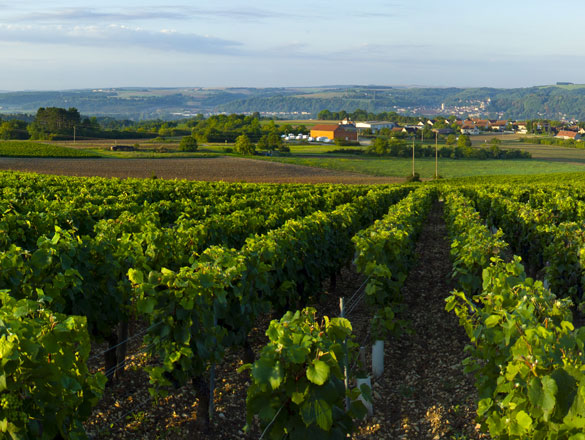

The vineyards of Bourgogne produce some great wines with a historical and international reputation. However, the region is not simply limited to its iconic appellations. In addition to its Village Premier Cru and Grand Cru AOCs, it also produces a range of wonderful Régionale and Village appellations to explore.
You will also find a full list of the Bourgogne’s Climats and lieux-dits on this page.
Check out the complete list of the 84 Bourgogne appellations.
However, your exploration has only just begun. Bourgogne wines have never before offered such high quality. Besides our range of internationally celebrated wines, try some of our lesser-known appellations where there are lots of surprises in store.
And for a fun way to find out more about the wines on offer, try out our “Which Bourgogne wine is right for me?” quiz, or check out Bourgogne Maps to take an interactive tour of the region.
Regional appellation ; Dénomination Géographique Complémentaire
VIGNOBLES DE CHABLIS ET DU GRAND AUXERROIS
31 juillet 1937
Whites - Chardonnay.
Area under production*:
1 hectare (ha) = 10,000 m2 = 24 ouvrées.
86.25 ha
Average annual yield**:
1 hectolitre (hl) = 100 litres = 133 bottles.
2,482 hl
*In 2022 **5-year average, 2017-2021
The Bourgogne Tonnerre Régionale appellation covers still white wines produced in an area covering six villages that was defined in 2006.

The wines are yellow or pale green, with hints of silver. The nose recalls lemon zest, acacia blossom, pear, peach, fennel, stone fruits, and almond, sometimes with notes of pineapple and passion fruit. It is fleshy and fresh in the mouth, with good length punctuated by touches of saline, lemon, aniseed, and licorice aromas. These wines are balanced, rounded, smooth, and mineral, with a velvety sensation mid-mouth.

The lemony and saline freshness of these wines is best suited to simple, marine dishes like oysters and other seafood, sushi, and fish or seafood tartare, served as a meal or as tapas. More mature vintages partner well with steamed fish, risotto, and vegetable dishes, surf’n’turf, creamy cheeses, and poultry in sauce or even foie gras for the most intrepid!
Serving temperature: 12-14°C.
Keeping potential: 3-5 years.

The vineyard of Bourgogne Tonnerre is located on hillsides on either side of the river Armançon, a tributary of the river Yonne. From the 10th century onwards, the monks of the abbeys of Quincy, near Tanlay, and Saint Michel, near Tonnerre, intensified and improved winegrowing practices. The Knight of Éon, a noble from Tonnerre and diplomat under Louis XV, also used wines from Tonnerre to loosen tongues in capital cities across Europe. Since 1987, men and women have been breathing new life into this ancient winegrowing region.

The vineyard of Bourgogne Tonnerre is mainly located at the entrance to several southeast-facing valleys, at between 200-300m above sea level. The Chardonnay grape flourishes on marl-limestone formations from the Kimmeridgean and limestone from the Portlandian eras, laid down between 152-142 million years ago, during the Upper Jurassic. It is this geology that is responsible for the light-colored pebbly soil.
